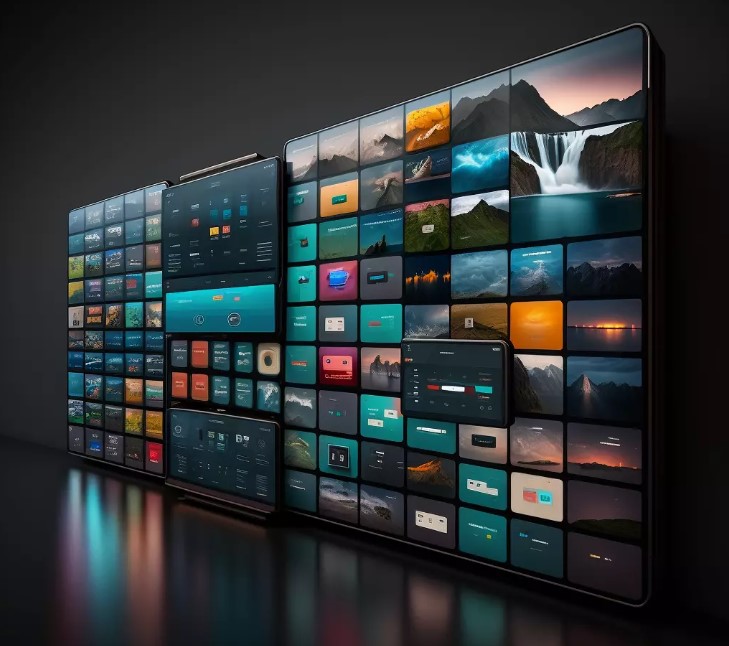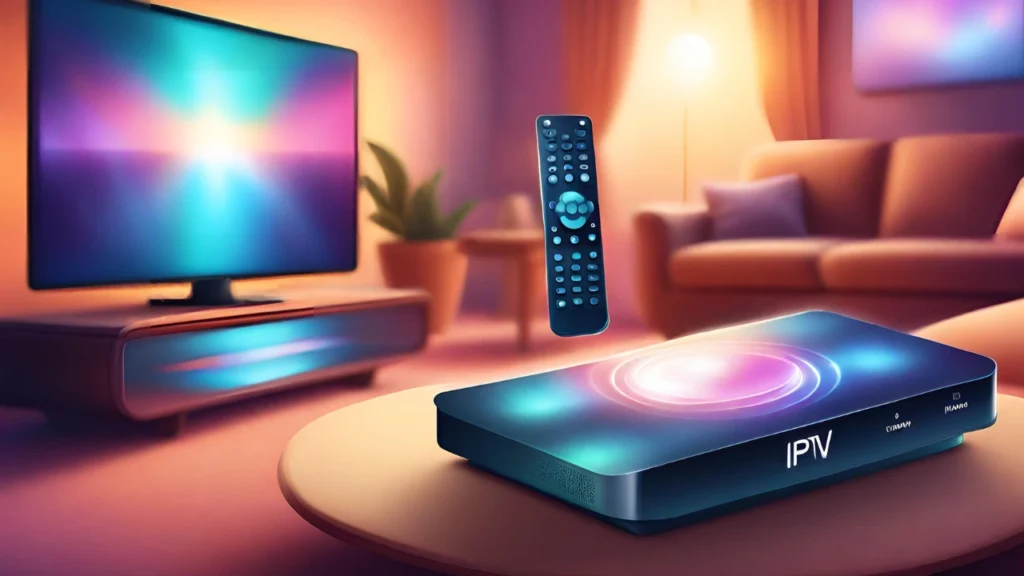The growing popularity of IPTV (Internet Protocol Television) has made it an attractive alternative to traditional cable and satellite TV. With its flexibility, affordability, and access to extensive content libraries, IPTV appeals to modern viewers.
But how simple is it to install IPTV at home? While the process is generally straightforward, there are a few factors to consider. This guide reveals the truth about installing IPTV at home, covering the essentials, challenges, and tips for a hassle-free setup.
What Does IPTV Installation Involve?
Installing IPTV at home primarily involves setting up a compatible device, downloading the necessary software or app, and configuring it with your subscription details. Unlike traditional cable or satellite TV, IPTV does not require complex hardware installations or professional assistance.
Basic Requirements
Before starting, ensure you have the following:
- Stable internet connection ─ At least 15 Mbps for HD streaming and 25 Mbps for 4K quality.
- Device compatibility ─ A smart TV, streaming stick, smartphone, tablet, or computer.
- IPTV subscription ─ Choose a licensed and reliable provider that meets your content needs.
- Streaming app ─ Most IPTV services recommend apps like VLC, TiviMate, or Smart IPTV.
Step-by-Step Installation Process

1. Choose a Reliable Provider
Start by selecting a service that offers the channels, on-demand content, or sports coverage you want. Look for providers like Nordic IPTV or similar ones available in your area. Platforms like these will always have positive reviews, transparent pricing, and robust customer support
2. Download the Streaming App
Your provider will often recommend a compatible app. Visit your device’s app store or the provider’s website to download the app and follow the installation instructions.
3. Configure Your Subscription
Log in to the app using the credentials provided by your service. You may need to upload a playlist file (M3U or Xtream) to access your channels and content.
4. Customize Settings
Adjust video quality, set up a favorites list, and integrate an Electronic Program Guide (EPG) for easy navigation.
5. Start Watching
With everything set up, you can start browsing through channels and enjoying on-demand content. The process is user-friendly, even for beginners.
Challenges You Might Encounter

While installing is relatively simple, there are a few potential challenges:
Internet Dependency
IPTV relies entirely on your internet connection. A slow or unstable connection can result in buffering, poor quality, or interruptions.
App Compatibility
Not all apps work on every device. Ensure the app recommended by your provider is compatible with your hardware.
Playlist Configuration
Some users find uploading playlists or entering activation codes confusing. Following your provider’s instructions carefully can simplify this step.
Tips for a Smooth Installation
- Upgrade your internet plan ─ Ensure your connection supports smooth streaming.
- Test the service ─ Use free trials or short-term subscriptions to familiarize yourself with the setup.
- Seek support ─ Contact customer support if you encounter issues during installation.
Conclusion
Installing IPTV at home is generally as easy as it sounds, provided you have the right tools and follow the setup process. While minor challenges like internet dependency or app compatibility may arise, these can be addressed with proper preparation. With its convenience and features, IPTV offers a modern and flexible way to enjoy television, making the effort well worth it.







